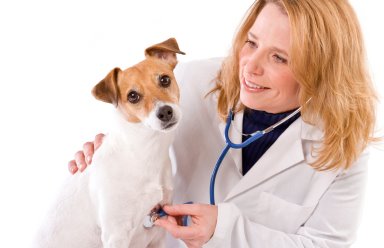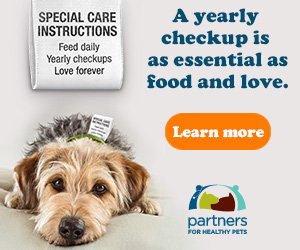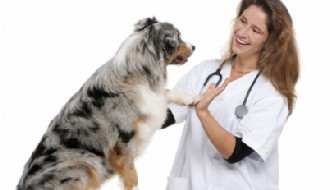
All pet parents seem to have that terrifying moment; you’re petting your dog and suddenly, you feel some sort of growth on their belly, back, or chest. The first thing that comes to mind? Cancer. You frantically call your vet, and rush over to have them check it out, and they’re calm. Why? Because the bump isn’t deadly, it’s just a fatty tumor.
A tumor? Doesn’t that mean cancer? The answer, is many cases, is actually NO.
Fatty tumors, or lipomas, are benign lumps, which are actually quite common in middle-aged or older dogs. They’re made of fat surrounding a membrane, and can occur anywhere on your dog’s body. Because it is made of fat, the lipoma is moveable and generally not painful to your pet. The issue that could occur would be in overweight dogs, whose lumps grow large enough to inhibit their regular day to day activities.
Since it doesn’t mean cancer, that means you can just forget about it right? WRONG.

Just because your veterinarian examines the bump and gives you this diagnosis still only means that it is a well-educated guess. A better method is to have a biopsy done of the tissue. Using an fine needle aspirate to take a sample is an easy fix for this; the dog doesn’t need anesthesia, and the needle itself is relatively painless. This still won’t make you 100% sure, though; for that, you must have the tumor removed and evaluated in a lab.
Even though many tumors end up not actually being dangerous to your pet, it’s still important to be aware of your pet’s health; and you should still definitely keep an eye on the lump. Here are some hints you should see a veterinarian immediately:
Watch out if a lump is…
1) Growing rapidly
2) Warm or painful to your pet
3) Ulcerated or bleeding
4) Irregularly shaped
5) Well attached to the tissues under the skin
Depending on the above factors, you may need to continue with more or different tests, it all depends on how the initial examination goes. Just like in humans, something small and irregular probably doesn’t mean the end of the world, but it’s always better to be safe than sorry. So monitor your pet’s health just like you would your own or your child’s; make sure they eat healthy, exercise, and have a yearly check up!

For the Best that Pet Lifestyle and animal welfare has to offer follow Wendy Diamond on Facebook, Twitter, and right here at AnimalFair.com!
